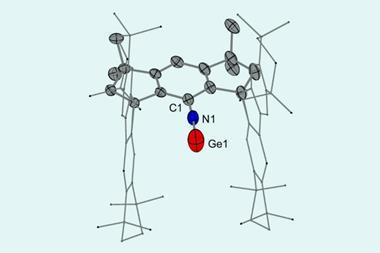By taking advantage of nanoshells' optical properties, researchers from Rice University, Houston, US, have developed a method to simultaneously image and kill cancer cells.
By taking advantage of nanoshells’ optical properties, researchers from Rice University, Houston, US, have developed a method to simultaneously image and kill cancer cells.
Nanoshells consist of a dielectric silica core covered with a thin shell of gold. By altering the relative dimensions of the core radius and shell thickness, they can be tuned to scatter and absorb light at wavelengths ranging from the ultraviolet to the infrared. This ability led a team of Rice University bioengineers, headed by Rebekah Drezek, to wonder whether nanoshells could be used to both diagnose and treat cancer.
’We don’t want to simply find the cancerous cells,’ explains Drezek. ’We would like to locate the cells, be able to make a rational choice about whether they need to be destroyed and, if so, proceed immediately to treatment.’
The researchers’ basic idea was to use the nanoshells’ ability to scatter light as a means to identify cancer cells and then use their ability to absorb light to destroy the cells, by heating them.
To demonstrate the practical feasibility of this idea, the researchers developed nanoshells that consisted of 120nm-diameter silica particles surrounded by a 10nm-thick gold shell. They then showed that nanoshells with these specific dimensions are able to scatter and absorb light in the near infra-red (NIR), which is the wavelength of light that is most efficient at passing through bodily tissue. Finally, they attached an antibody that specifically targets a protein that is over-expressed on the surface of breast cancer cells.
Incubating these nanoshells with breast cancer cells in vitro, the researchers discovered the nanoshells would naturally surround the cancer cells, causing them to light up so they could be detected using a microscope sensitive to scattered light. They then irradiated the nanoshells with a NIR laser for seven minutes, after which they stained the breast cancer cells for viability and found that the vast majority had been killed.
Dresek and her team are currently testing the nanoshells in animals. They have already successfully demonstrated the separate imaging and therapy aspects of the nanoshells, and are now evaluating their combined ability to diagnose and treat cancer in mice.
Jon Evans
References
C Loo et al, Nano Letters, 2005, 5, 709






No comments yet